A controlled burning workshop organised by the Wicklow Uplands Council recently had a number of speakers from state bodies including Teagasc, the National Parks and Wildlife Service (NPWS), the National Association of Regional Game Councils (NARGC) and the fire service. The practice is a necessity to keep farmers farming in the uplands, but it is a skill that many will have to learn again.
“Vegetation control can be done through grazing, burning and cutting,” said Teagasc adviser Declan Byrne. “We’re talking about burning small patches at a time of about 5ha.”
Naturally, the weather dictates the timing of carrying out a burn and the fire service had to use straw to do a demonstration because it was pouring rain on the day – a fact which emphasises the point that burning dates need to be extended in future. Farmers argued that a March burn is generally lighter and does less damage to other wildlife than one in February, which is usually not feasible due to harsh weather in the uplands.
John Carslake, gamekeeper of the Boleybrack Red Grouse Habitat Managment Project, took the group through the theory behind the practice of burning. He said that the ideal height to burn is determined by what you want from your fire. The vegetation in Powerscourt paddocks at the workshop was at the ideal height for hen harrier and grouse to nest. However, it was also ideal for burning to encourage sheep to graze it.
“If you’ve got a variety of ages of heather or different ages of different plant species then, in effect, your shorter heather can act as a fire break,” said Carslake, who emphasised the benefits of having a patchwork of varying ages of vegetation. “If we don’t learn this tool pretty fast then it will be gone forever.”
Keeping the fire under control is crucial to prevent unnecessary damage to surrounding wildlife. The maximum height for a prescribed fire is 1.5m. If you exceed that, there will be more heat and subsequently more damage. According to Ciarán Nugent from the fire service, burning will trigger an area eligibility inspection, so it is important to notify the relevant authorities.
Requirements
It is currently illegal to burn growing vegetation on land not then cultivated, between 1 March and 31 August in any year. Proposals tabled before the Dáil dissolved on changing the dates of hedgecutting and burning have yet to be voted through.
Other legal restraints that apply to controlled burns include proximity to the forest. If you intend burning within one mile of forest which you do not own, you must notify your local Garda station and the forest owner. The owner has the right to object by counter-notice at least seven days in advance by writing.
Within designated areas (SPAs, SACs and NHAs), the NPWS must be notified and notifiable action authorisation obtained.
The Department of Agriculture says you should also consult with neighbours and other interested parties, such as Coillte, in advance. The regional fire control centre must be notified before burning, stating an intention to carry out a controlled burn, giving your name, contact number, exact location and expected duration of the operation. They must also be called when the burn is finished.
The prescribed burning code of practice can be found on www.agriculture.gov.ie and is available from Johnstown Castle by Lo-calling 1890-200 509.






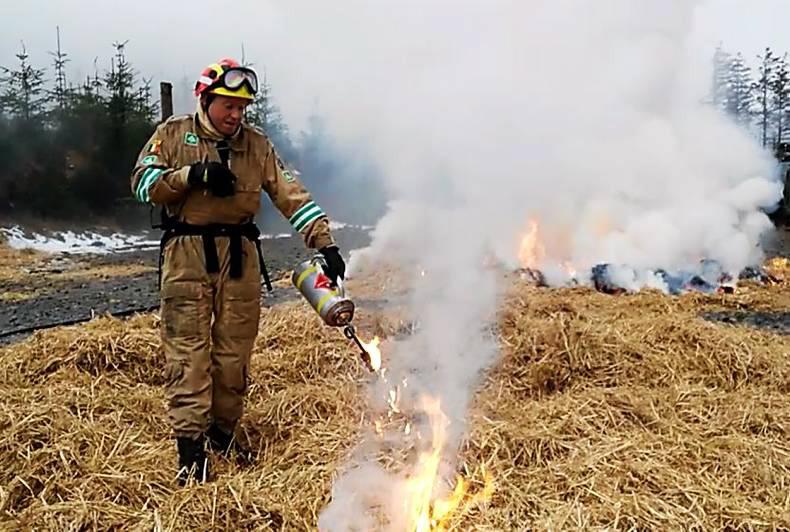
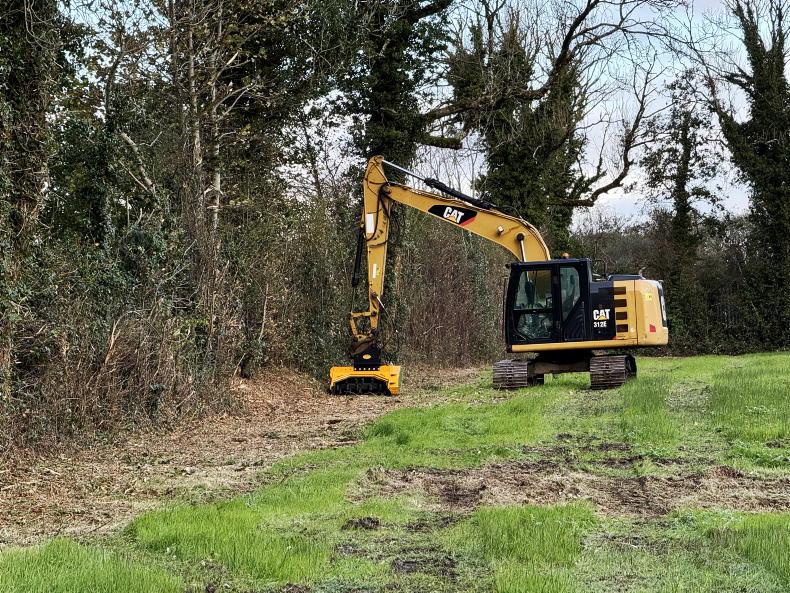
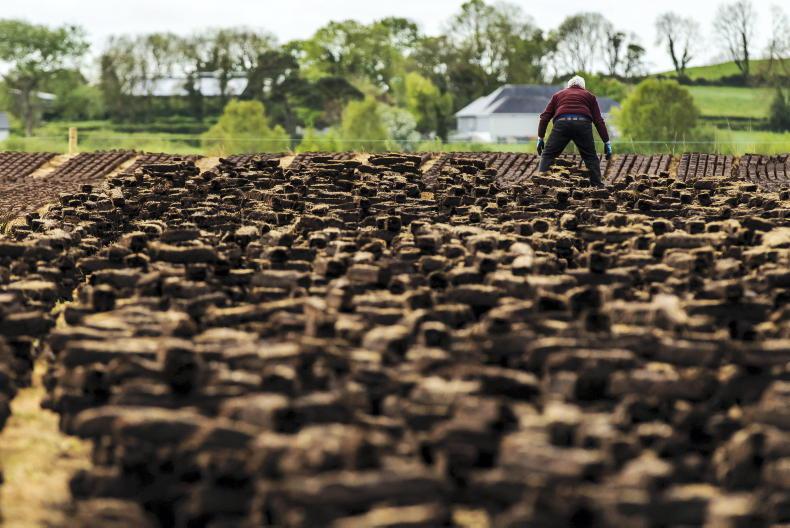
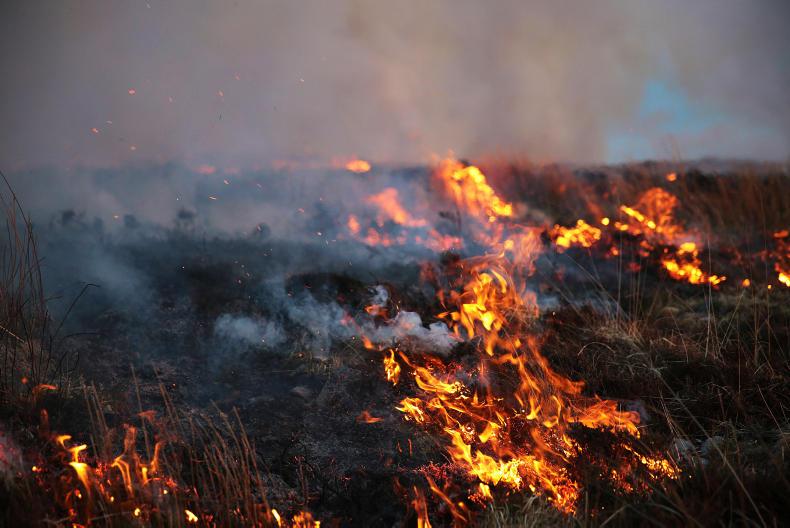
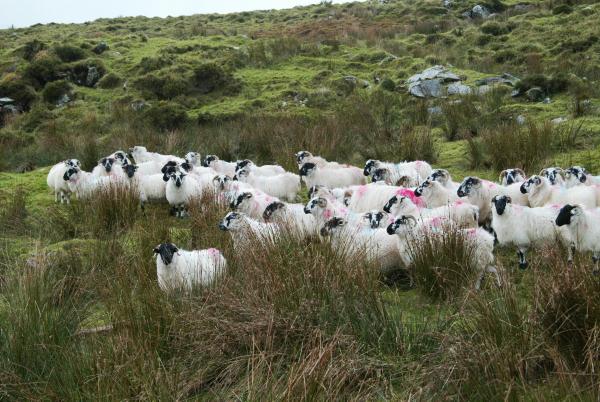
SHARING OPTIONS